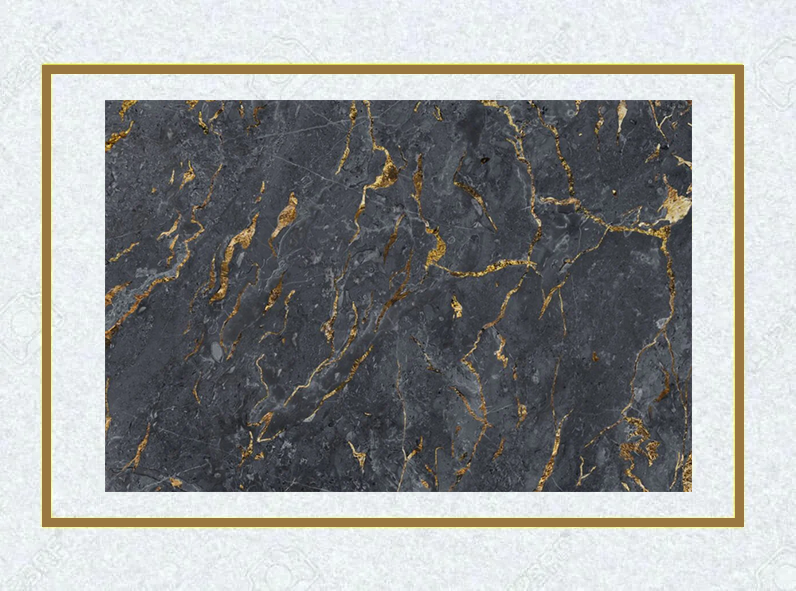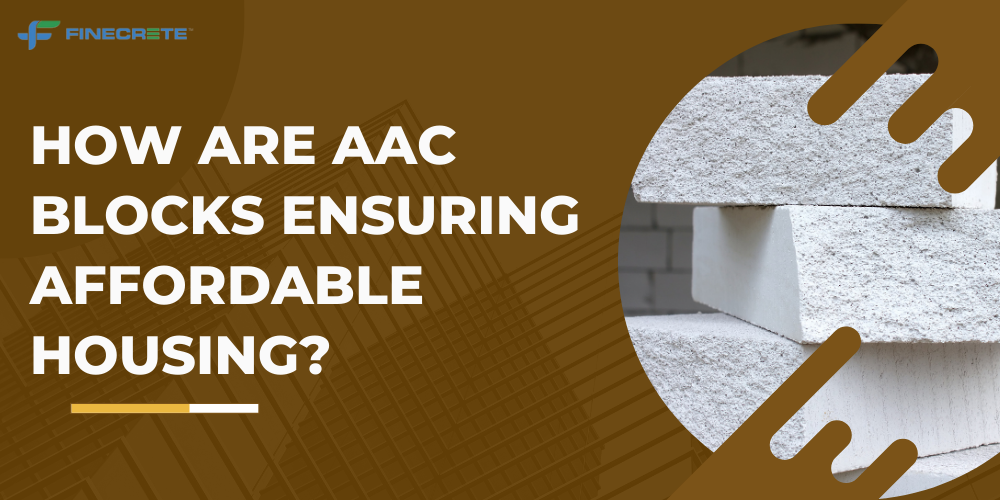Affordable housing has become a pressing global issue, with the need for sustainable and cost-effective construction solutions on the rise. In recent years, AAC (Autoclaved Aerated Concrete) blocks have emerged as a game-changer in the construction industry. These offer a range of benefits that contribute to affordable housing. These construction materials are revolutionizing the way homes are built. Here are some of the key ways in which AAC blocks ensure low-cost housing.
- Sustainable Manufacturing:
One of the key factors that make AAC blocks an ideal choice for affordable housing is their sustainable manufacturing process. These blocks are made from a mixture of:
- Cement,
- Lime,
- Water, and
- Finely ground sand
This mixture is combined with an expanding agent. It is then poured into molds and undergoes autoclaving, a high-pressure steam curing process. Unlike traditional red clay bricks, AAC blocks do not require excessive use of natural resources such as clay or topsoil. This makes them an eco-friendly alternative.
- Reduced Carbon Footprint:
AAC blocks contribute to the reduction of carbon emissions in the construction industry. Fly ash, a byproduct of coal combustion, is a raw material. Its use in AAC block production significantly reduces the carbon footprint.
By utilizing fly ash, which would otherwise end up in landfills, AAC blocks help in waste reduction and minimize the environmental impact. This sustainable approach not only ensures affordable housing but also promotes responsible construction practices. AAC blocks have emerged as a key option at a time when the construction industry is focusing on lowering carbon emissions.
- Lightweight and Improves Construction Efficiency:
AAC blocks are lightweight, offering several advantages during the construction process. Their lower weight simplifies transportation and handling. It results in lower labor costs and shorter construction timelines. The blocks are easily cut, shaped, and installed. This leads to increased construction efficiency.
With AAC blocks, builders can construct structures more swiftly. It can help in reducing overall project costs and making low-cost housing a viable option.
- Ensures Energy-Efficient Homes:
AAC blocks possess exceptional thermal insulation properties. These contribute to energy-efficient homes. The porous structure of these blocks enables effective heat and sound insulation. The thermal insulation properties of AAC blocks help in maintaining comfortable indoor temperatures. This reduces the dependency on artificial cooling and heating systems. Consequently, homeowners can save on energy bills. It makes housing more economical in the long run.
- Less Energy, More Sustainability:
Compared to traditional red clay bricks, AAC blocks require less energy and material for production. The autoclaving process used in the manufacturing of AAC blocks consumes significantly less energy compared to the firing process required for clay bricks. Moreover, AAC blocks have a higher strength-to-weight ratio. This means fewer blocks are required per square meter. This reduced material requirement further contributes to cost savings. It makes economical housing a reality.
As the demand for affordable housing continues to grow, AAC blocks offer a viable solution that ensures both environmental sustainability and cost-effectiveness. These construction materials can pave the way for a future where everyone has access to safe, low-cost, and sustainable housing.






